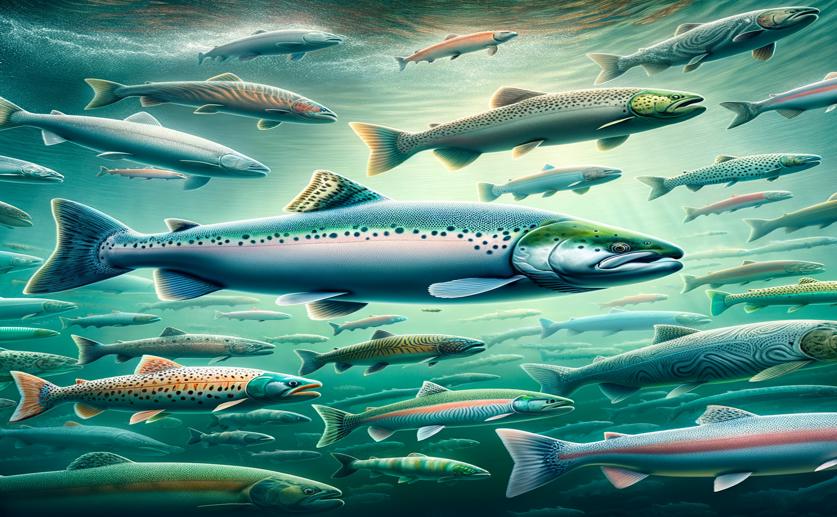
Improving Genetic Predictions Using Multiple Salmon Populations
Jenn Hoskins
16th May, 2024

Image Source: Natural Science News, 2024
Key Findings
- The study by Nofima focused on improving breeding values for AGD resistance in Atlantic salmon using multi- and across-population genomic predictions
- Combining data from multiple salmon populations generally improved the accuracy of breeding values for AGD resistance
- The improvement was more significant when using a selected subset of SNPs and nonlinear prediction models
GeneticsAnimal ScienceMarine Biology
References
Main Study
1) Accuracy of genomic prediction using multiple Atlantic salmon populations
Published 15th May, 2024
https://doi.org/10.1186/s12711-024-00907-5
Related Studies
2) Invited review: Genomic selection in dairy cattle: progress and challenges.
3) Linkage disequilibrium and persistence of phase in Holstein-Friesian, Jersey and Angus cattle.
4) Reliability of genomic predictions across multiple populations.



 15th May, 2024 | Jenn Hoskins
15th May, 2024 | Jenn Hoskins